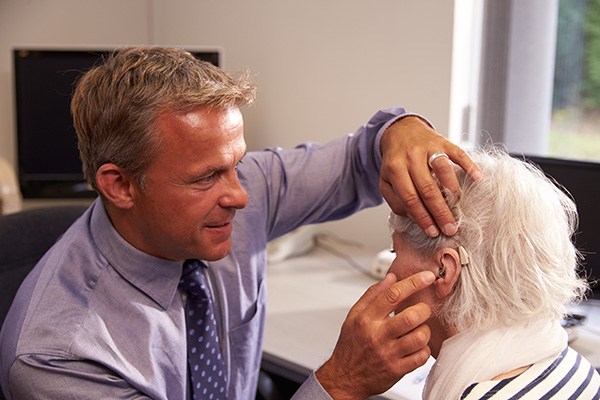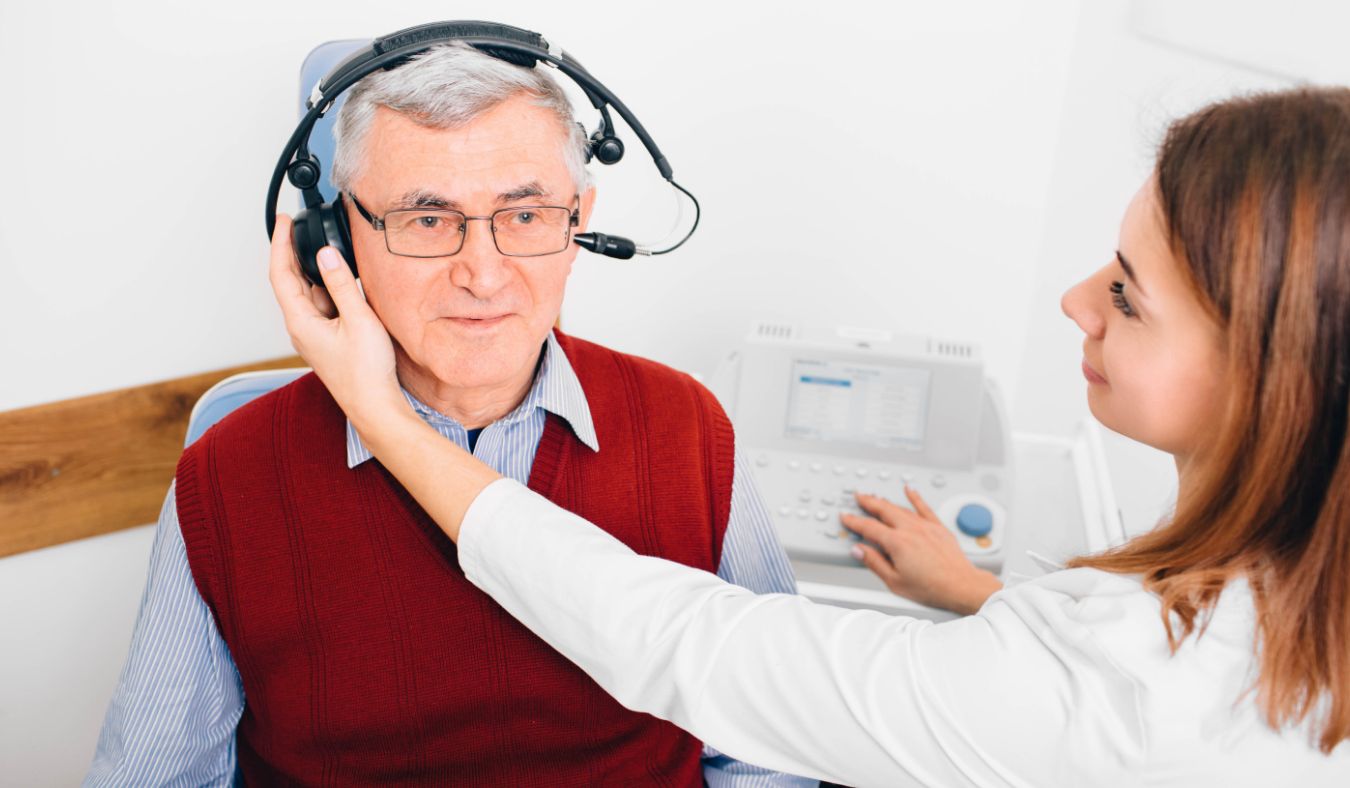Tips for Managing Hearing Aids During Fall Activities
Fall weather brings cooler temperatures, more time outdoors and changes in


Fall weather brings cooler temperatures, more time outdoors and changes in

Beach trips are supposed to be relaxing, but when you wear hearing aids, a

Sudden changes in hearing can be surprising and may affect how you go